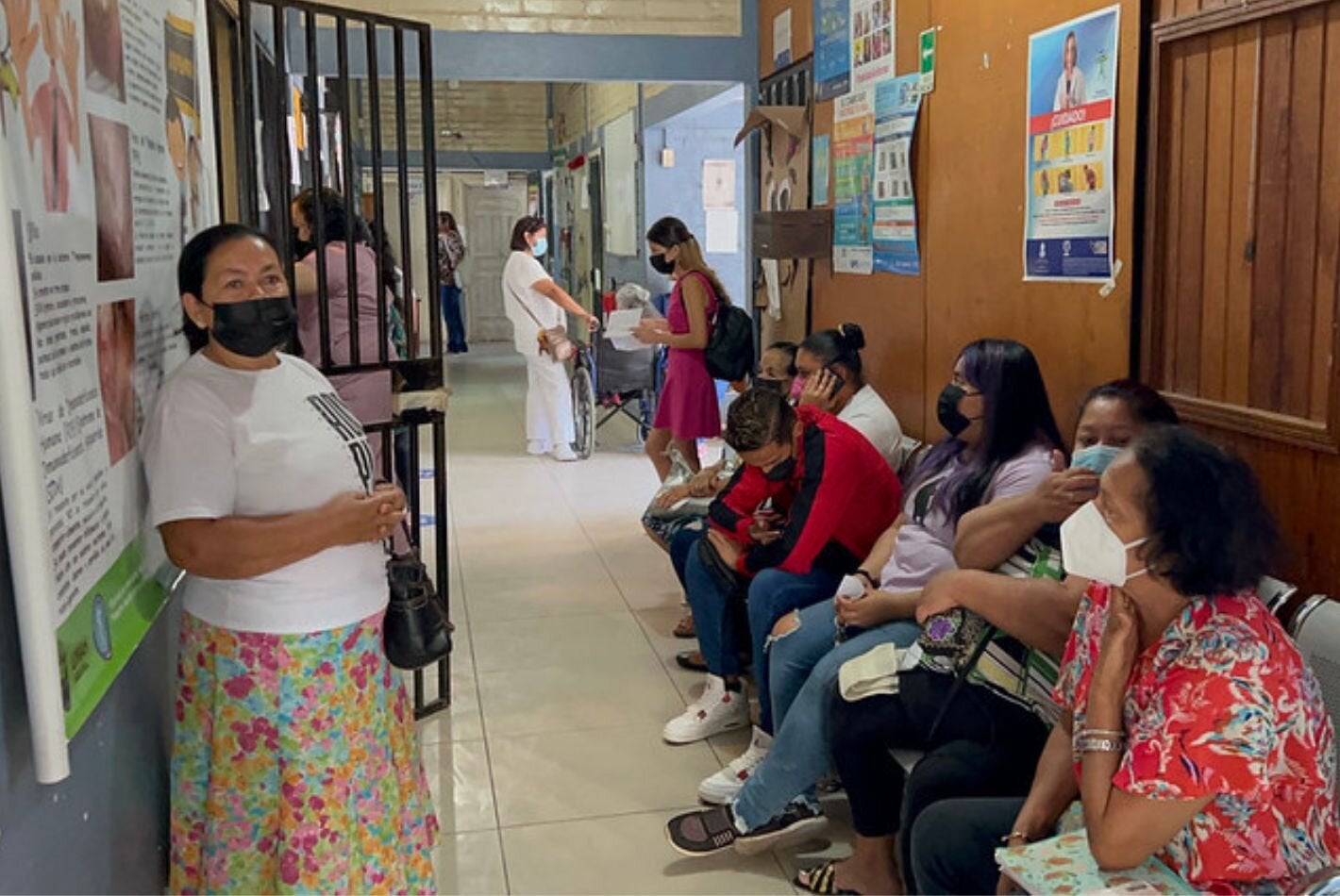
Washington DC, 2 June 2023 (PAHO)-- The Pan American Health Organization/World Health Organization (PAHO/WHO) participated in the webinar “Healthcare service disruptions during COVID-19 in 14 Latin American and Caribbean countries,” the second in the seminar series on Forgone Health Care in Low and Middle-Income Countries, organized by the World Bank.
In May 2020, PAHO/WHO initiated the first round of a national survey to assess the continuity of essential health services throughout the COVID-19 pandemic in the Region of the Americas. Subsequently, three additional survey rounds were conducted, with the most recent round in November-December 2022.
James Fitzgerald, Director of the PAHO Health Systems and Services Department, presented findings from the participating countries in the fourth round of surveys conducted in 2022. “Overall, countries reported an average of 27% of tracer health services as disrupted in Q4 2022. In the case of the 17 countries that participated in all four survey rounds, the average percentage of tracer services reported as disrupted decreased from 41% in Q3 2020 to 35% in Q4 2022,” Fitzgerald said.
James Fitzgerald mentioned that countries reported three critical areas of highest impact during the pandemic. First, primary care services and community services, particularly for non-communicable disease control and prevention, immunization, health promotion, and disease prevention. Second, elective surgeries; and third, rehabilitation services associated with surgery or long-term care.
According to the survey results, a combination of factors influenced the ongoing disruptions in health service delivery on the demand and supply sides. “On the demand-side, we found that individuals' low levels of care-seeking played a significant role in the continued service disruptions; various reasons, such as fear of infection, limited access to transportation, and lack of awareness, contributed to the reduced demand for health services”, said Fitzgerald.
On the supply-side, limited availability of essential resources, including a shortage of health workforce, medicines, and health products, also contributed to persistent disruptions. “These resource constraints strained the capacity of health systems to deliver uninterrupted services and meet the demand of individuals seeking care,” he said.
According to the findings, most countries had plans for the continuity of services during COVID-19 and have effectively implemented mitigation recovery actions. “More than three-quarters of countries have dedicated additional funding toward long-term system recovery, resilience, and preparedness, emphasizing investment in digital health technologies and infrastructure,” explained Fitzgerald.
Countries focused on institutionalizing or strengthening capacities in critical areas such as surveillance, laboratories, diagnostics, operational support, logistics, supply chains, and infection prevention and control. These vital measures were reinforced within the context of COVID-19.



